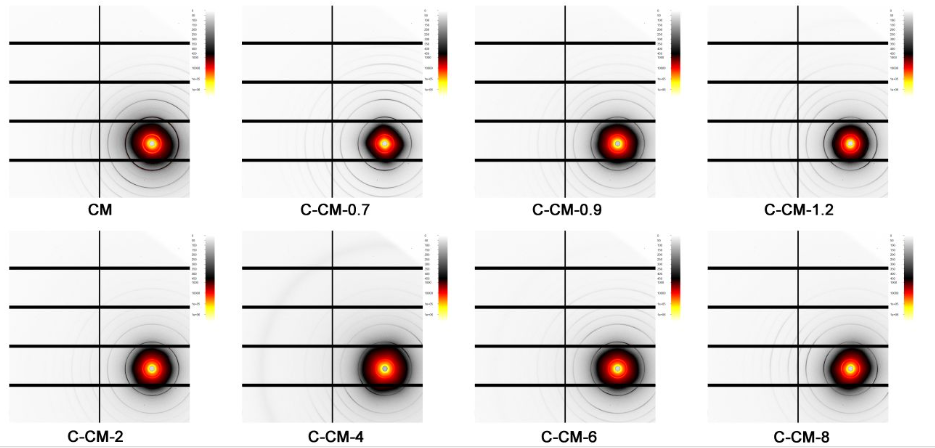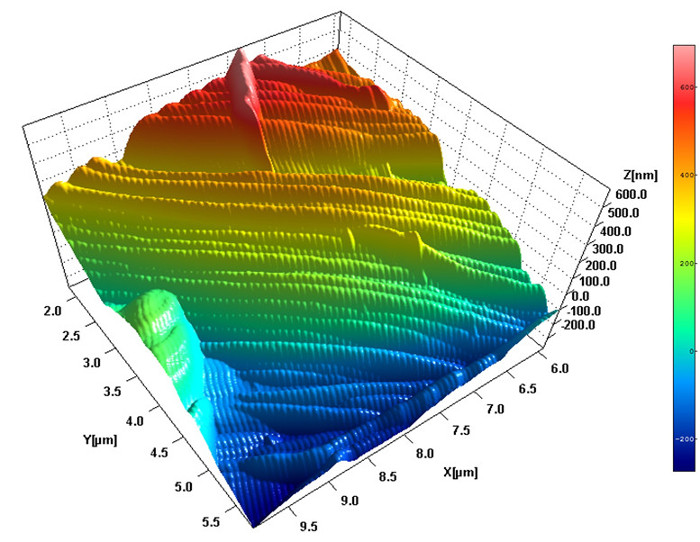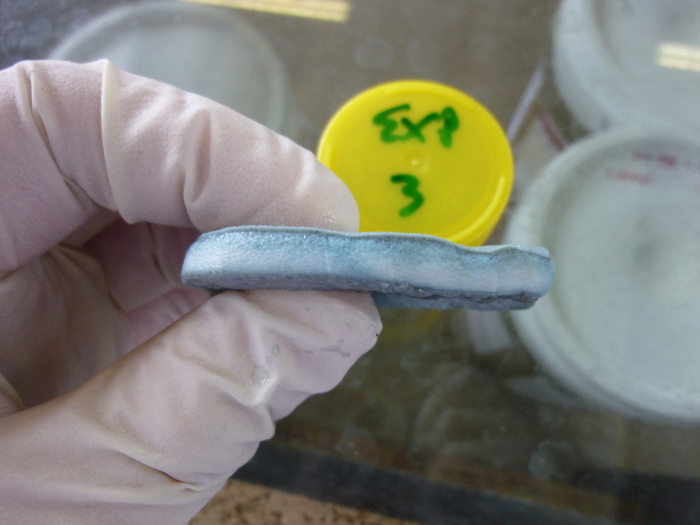Selected Recent Publications
Sahebjam, F., Chambers, P., Kongara, K., Zhang, Y., Lopez, N., Jacob, A., Singh, P. and Prabakar, S., 2024. Minimizing pain in deer antler removal: Local anaesthetics in ZnO nanoparticle based collagen dressings as a promising solution. European Journal of Pharmaceutics and Biopharmaceutics, p.114237.
Wise, W.R., Davis, S.J., Hendriksen, W.E., von Behr, D.J., Prabakar, S. and Zhang, Y., 2023. Zeolites as sustainable alternatives to traditional tanning chemistries. Green Chemistry, 25(11), pp.4260-4270.
Leveneur, J., Zhang, Y., Fiedler, H., Prabakar, S., Le Ru, E.C. and Kennedy, J., 2023. Surface modification of collagen using low-energy noble gas ion implantation. Surface and Coatings Technology, 468, p.129768.
Liu, Y., Dixit, Y., Reis, M.M. and Prabakar, S., 2023. Towards the non-invasive assessment of staling in bovine hides with hyperspectral imaging. Spectrochimica Acta Part A: Molecular and Biomolecular Spectroscopy, 289, p.122220.
Zhang, Y., 2023. Investigating the Structure of Collagen using Surface-enhanced Raman Spectroscopy and X-ray Scattering (Doctoral dissertation, Open Access Te Herenga Waka-Victoria University of Wellington).
Kılıç, E., McLaren, S.J., Holmes, G., Fullana-i-Palmer, P. and Puig, R., 2023. Product environmental footprint of New Zealand leather production. The International Journal of Life Cycle Assessment, 28(4), pp.349-366.
Yi, Y., Zhang, Y., Mansel, B., Wang, Y.N., Prabakar, S. and Shi, B., 2022. Effect of dialdehyde carboxymethyl cellulose cross-linking on the porous structure of the collagen matrix. Biomacromolecules, 23(4), pp.1723-1732.
Zhang, Y., Prabakar, S. and Le Ru, E.C., 2022. Coadsorbed species with halide ligands on silver nanoparticles with different binding affinities. The Journal of Physical Chemistry C, 126(20), pp.8692-8702.
Zhang, Y., Zhang, W., Snow, T., Ju, Y., Liu, Y., Smith, A.J. and Prabakar, S., 2022. Minimising chemical crosslinking for stabilising collagen in acellular bovine pericardium: Mechanistic insights via structural characterisations. Acta Biomaterialia, 152, pp.113-123.
Tu, Y.H., Ahn, M., Rakonjac, J., Holmes, G. and Norris, G., 2022. Milk provides the basis for an eco-friendly shorter process for skin preservation and leather manufacture. Cleaner Engineering and Technology, p.100464.
McRae, K.M., Cooper, S.M., McEwan, J.C., Anderson, R., Bain, W.E., Baird, H.J., Dodds, K.G., Clarke, S.M., Pickering, N.K. and Holmes, G., 2022. Genetic variation in skin traits in New Zealand lambs. Journal of the Science of Food and Agriculture.
Mehta, M., Liu, Y., Waterland, M. and Holmes, G., 2021. Characterization of the degradation of sheepskin by monitoring Cytochrome c of bacteria by Raman spectroscopy. Analytical Letters, 54(6), pp.1005-1022.
Mehta, M., Liu, Y., Waterland, M. and Holmes, G., 2021. Monitoring the mode of action of synthetic and natural biocides against Aeromonas hydrophila by Raman spectroscopy and chemometrics. Journal of Leather Science and Engineering, 3(1), pp.1-15.
Hon Wei NG., 2021. Study on molecular-level collagen structure changes caused by enzymatic depilation process using X-Ray Scattering. IULTCS YLSG 2021 (Basic Research) https://iultcs.org/wp-content/uploads/2022/02/yslg-report-hon-wei-ng.pdf
M. Aslam, T. M. Khan, S. S. Naqvi and G. Holmes, “Putting Current State of the art Object Detectors to the Test: Towards Industry Applicable Leather Surface Defect Detection,” 2021 Digital Image Computing: Techniques and Applications (DICTA), 2021, pp. 01-08, doi: 10.1109/ DICTA52665. 2021. 9647409.
Zhang Y, Mehta M, Mansel BW, Ng HW, Liu Y, Holmes G, Le Ru EC, Prabakar S. Anion‐regulated binding selectivity of Cr (III) in collagen. Biopolymers. 2020 Nov 2:e23406.



